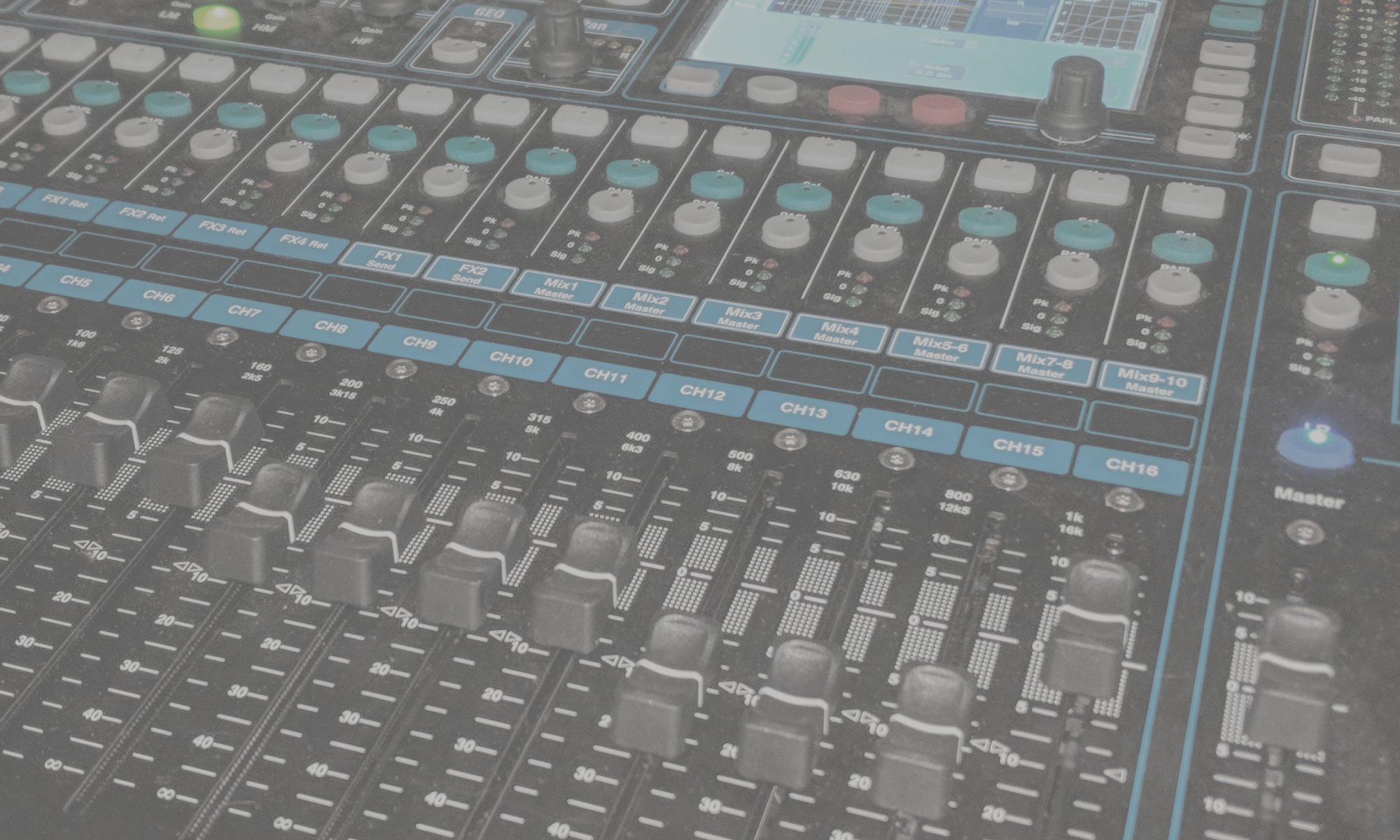Terrible pun aside, microphones are incredibly important to live and recorded sound. They’re so important, it leads to a whole lot of specialization. With so many microphones out there, how in the world do we know what to use?
The Only Mic You’ll Ever Truly Need
There’s a long-standing adage in audio, “If you can’t do it with an SM57 you shouldn’t be doing it.” This isn’t because the Shure SM57 mic is the best mic ever, but it is the closest thing to an industry standard microphone there is. It is durable; it sounds good enough; and, most importantly, it is consistent. Everyone knows what an SM57 sounds like, and if you don’t, it’s a good thing to learn.
If there’s ever a doubt what microphone to use for a given situation, an SM57 is a good place to start. Vocals, guitar amps, drum overheads, woodwinds — it does it all “good enough” to get by. It’s rarely the perfect mic for any situation, and given the choice I will just about always use a different one, but an SM57 will get you by no matter what you need to do. It’s a good idea to always have several SM57s in your kit just because of this versatility.
Choosing the Perfect Microphone
Even if you have a huge cabinet full of multi-thousand dollar microphones, the best microphone to use is the one you have that gets you the result you want. I know that isn’t the most helpful advice in the world, but it’s the truth.
Here’s an example: my favorite trick for recording a grand piano makes absolutely no sense, but someone smarter than me on the internet figured it out and I stumbled across it. I was having issues getting the right sound out of the piano using condenser mics without picking up too much of the room and the drums.
So here’s how it works. Start with a folded cloth laying on the frame of the piano where the body has a nook. Take an SM58 (yes, the vocal mic; that isn’t a typo) and lay it on a the washcloth with the head in one of the sound holes. Point it at the strings and adjust which hole until you get the sound you want. Feed the cable out the side, close the lid, and you’re done. I wouldn’t have dreamed of using an SM58 on a piano, but it gets a good enough sound and, with the lid closed, a really strong signal. The key is always in experimenting.
Most microphone manufacturers will tell you on their website what a mic is designed for. The Audix D6, for instance, is made for kick drum, floor tom, bass guitar cabinets, and leslie bottoms (link). Sennheiser made their e 914 for acoustic guitars, cymbals, percussion, orchestras, and grand pianos (link). Manufacturer data is a great starting point to know what microphones are good for what instruments.
Does It Sound Good?
Of course, most importantly, it’s about what sounds good. You don’t need expensive microphones to get a good sound. If you use the right microphone in the right place, it means a lot less work with EQ to get the sound you want. Start with the mic’s designed use, and go from there. Don’t be afraid to try something outside the box to see if it works.

